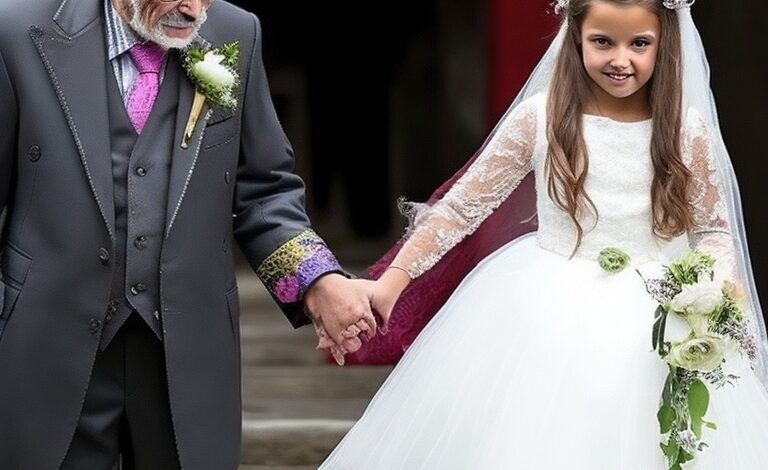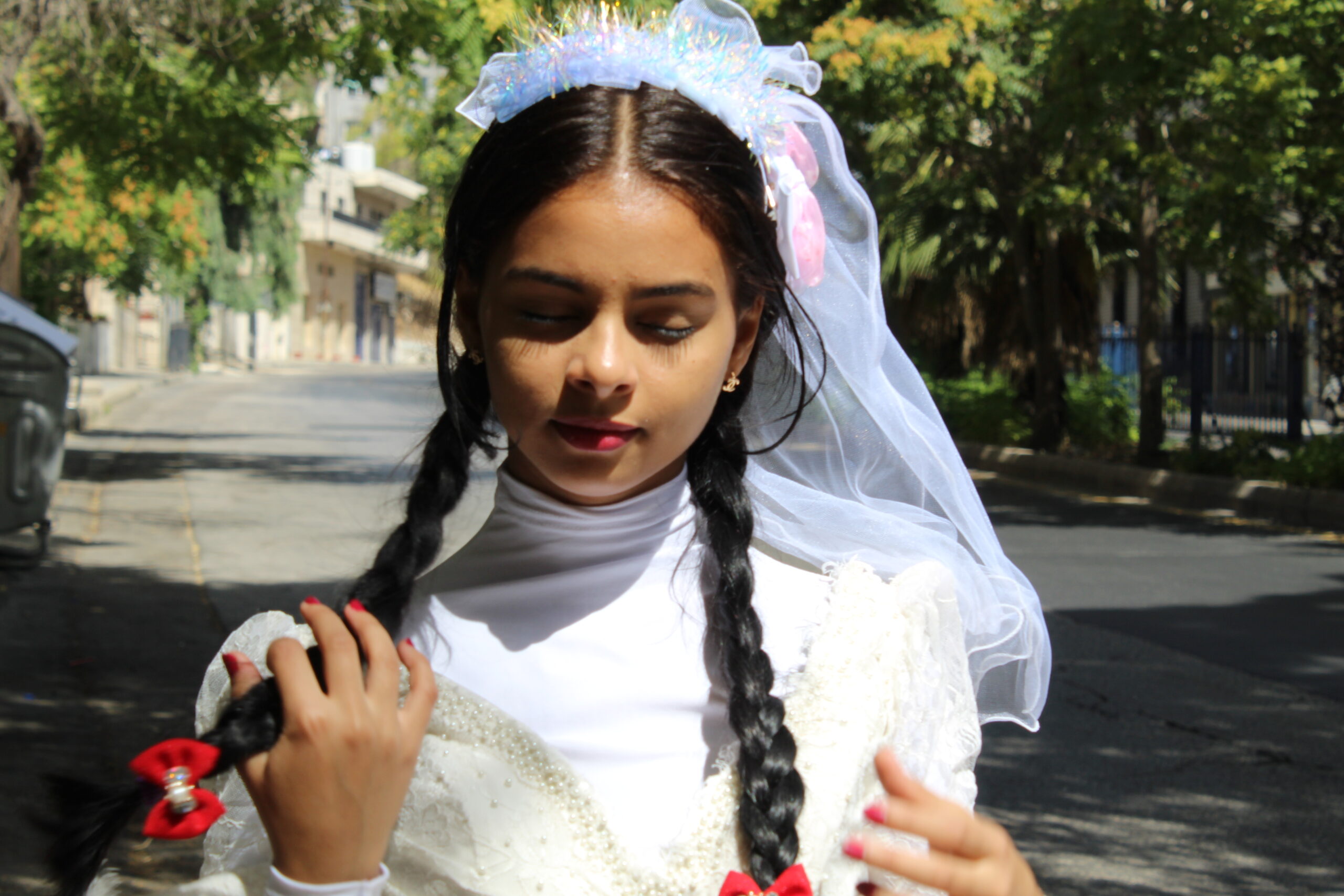India’s Fight Against Child Marriage: The New Child Marriage Act Sparks Hope

In India, child marriage is a complex socio-cultural issue that affects millions of children, particularly girls, across various communities and regions. It is a practice deeply rooted in tradition and often driven by poverty, gender inequality, and societal norms.
The Child Marriage Act in India was introduced in 2006 to combat this grave issue. The act prohibits the marriage of any person below the age of 18 for girls and 21 for boys. It also makes it illegal to facilitate, promote, or solemnize child marriages. The law imposes strict penalties, including imprisonment and fines, on those found guilty of these offenses.
While the act is a crucial step forward, its implementation and enforcement remain significant challenges. Many cases of child marriages go unreported or unnoticed due to various factors such as social stigma, lack of awareness, and a weak legal system. Moreover, the prevalence of child marriages is higher in rural areas where traditional practices and norms are deeply ingrained.
One of the consequences of child marriage is the denial of education and opportunities for children, especially girls. Child brides are often pulled out of schools and forced into marriage, leading to a vicious cycle of illiteracy and limited prospects. This perpetuates the cycle of poverty and hinders the overall development of the nation.
Child marriage also poses serious health risks for young girls. Early pregnancies and childbirth increase the chances of maternal and infant mortality, as their bodies are not fully developed to bear the responsibilities of childbirth. Additionally, child brides are vulnerable to domestic violence, sexual abuse, and psychological trauma.
To effectively tackle the issue of child marriage, there is a need for a multi-faceted approach. This includes raising awareness about the harmful consequences of child marriage among communities, especially parents and religious leaders. Providing accessible and quality education for all children, particularly girls, is essential to empower them and break the cycle of poverty.
Collaboration between government, civil society organizations, and the international community is crucial in implementing and monitoring the Child Marriage Act effectively. Strengthening the legal system and ensuring swift prosecution of those involved in child marriages is essential to deter the practice and send a clear message that it will not be tolerated.
Moreover, addressing the underlying causes of child marriage, such as poverty and gender inequality, is vital. Improving socio-economic conditions, promoting gender equality, and empowering women and girls are fundamental steps towards eradicating child marriage and creating a brighter future for the nation.
It is our collective responsibility to safeguard the rights and protect the well-being of children in India. By actively supporting initiatives aimed at ending child marriage and raising our voices against this harmful practice, we can create a society where every child is given the opportunity to reach their full potential, free from the shackles of early marriage. Together, we can bring about positive change and build a better future for our children.
Human right activist
Nada Foundation




